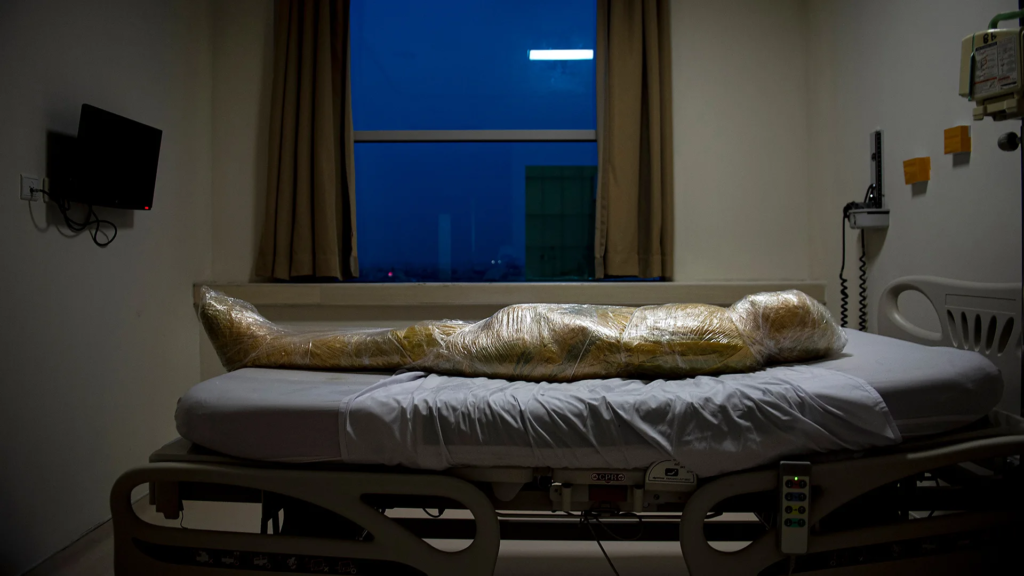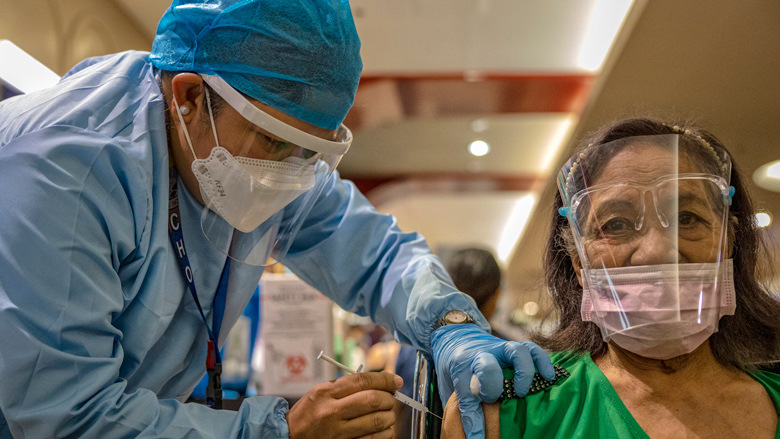Introduction
In April 2020, Indonesian photographer Joshua Irwandi captured a defining image of the Covid-19 pandemic — a photo so haunting and powerful that it resonated worldwide. As Indonesia battled the virus with scarce resources, Irwandi’s work with National Geographic offered an unfiltered glimpse into the devastating human cost of Covid-19. This article explores five key facts about the photo that captured global grief and fueled crucial conversations about loss, misinformation, and resilience.

1. The Context: Indonesia’s Rapid Covid-19 Spread
Indonesia confirmed its first Covid-19 case on 2 March 2020. Within a month, the virus had reached all 34 provinces, turning Java — the world’s most densely populated island — into a hotbed of infections. Jakarta, its capital, quickly became an epicentre, overwhelming healthcare systems already stretched thin. Health workers faced massive shortages of PPE, risking their lives to save others. By July 2021, over 1,500 Indonesian health workers had succumbed to the virus.
2. Capturing an Unfiltered Reality
Commissioned by National Geographic, Irwandi donned a protective suit and shadowed frontline workers at a Jakarta hospital. One chilling moment occurred when a patient, whose identity remains unknown, died from the virus. Following Indonesian Ministry of Health protocols, nurses wrapped the body first with infectious waste bags and then supermarket-style plastic wrap. Despite the frenzied environment, Irwandi composed a calm, poignant image that powerfully contrasted modern medical settings with ancient funeral rituals.
3. Composition Inspired by Classic Art
Mentored by Dutch photographer Geert Van Castelren, Irwandi aimed for classical composition to maximize emotional impact. He deliberately photographed the body at eye level, not from above, to create a sense of shared humanity between the viewer and the deceased. The cold light bouncing off the plastic wrap adds a sterile, tragic beauty, reminding us that in our modern world, vulnerability persists amid technological advancements.
4. Battling Misinformation and Backlash
After publication, Irwandi’s photo sparked both acclaim and controversy. Some accused him of staging the image or using a mannequin, fueled by widespread misinformation at the time. Social media figures with millions of followers spread conspiracy theories, illustrating the dangerous gap between frontline realities and public perception. Irwandi emphasized the photograph’s authenticity and highlighted the urgent need to trust science and health advice.
5. Enduring Impact and Global Recognition
Irwandi’s photograph went on to win second prize in the World Press Photo 2021 competition and received a Pulitzer Prize nomination. Despite the fame, Irwandi reflects that his work was far from over: he continued documenting the pandemic’s deadly toll, including mass Covid-19 burials in Jakarta. “The danger is real,” Irwandi said, underscoring the ongoing risks even as misinformation continued to cost lives.
Conclusion
Joshua Irwandi’s photograph stands as a timeless reminder of Covid-19’s brutal impact and the essential role of honest journalism. In an era marred by disinformation, his work calls on us to confront reality, protect our communities, and remember the countless lives altered — and lost — by the pandemic.
Related Reading: Pandemic photography lessons










